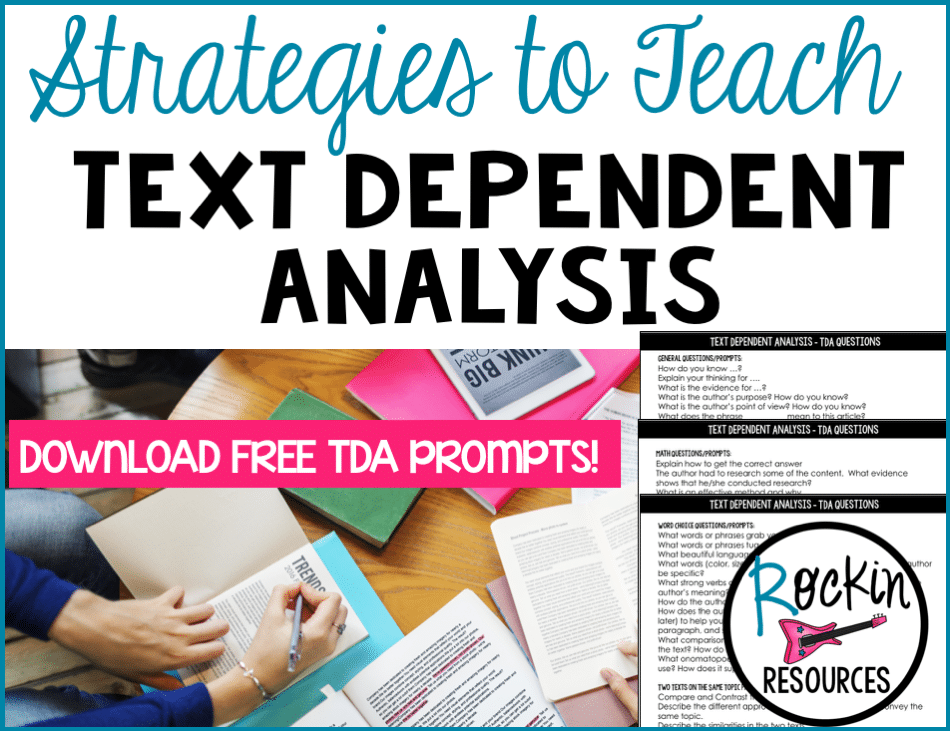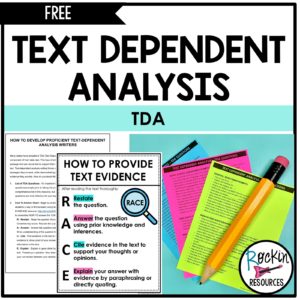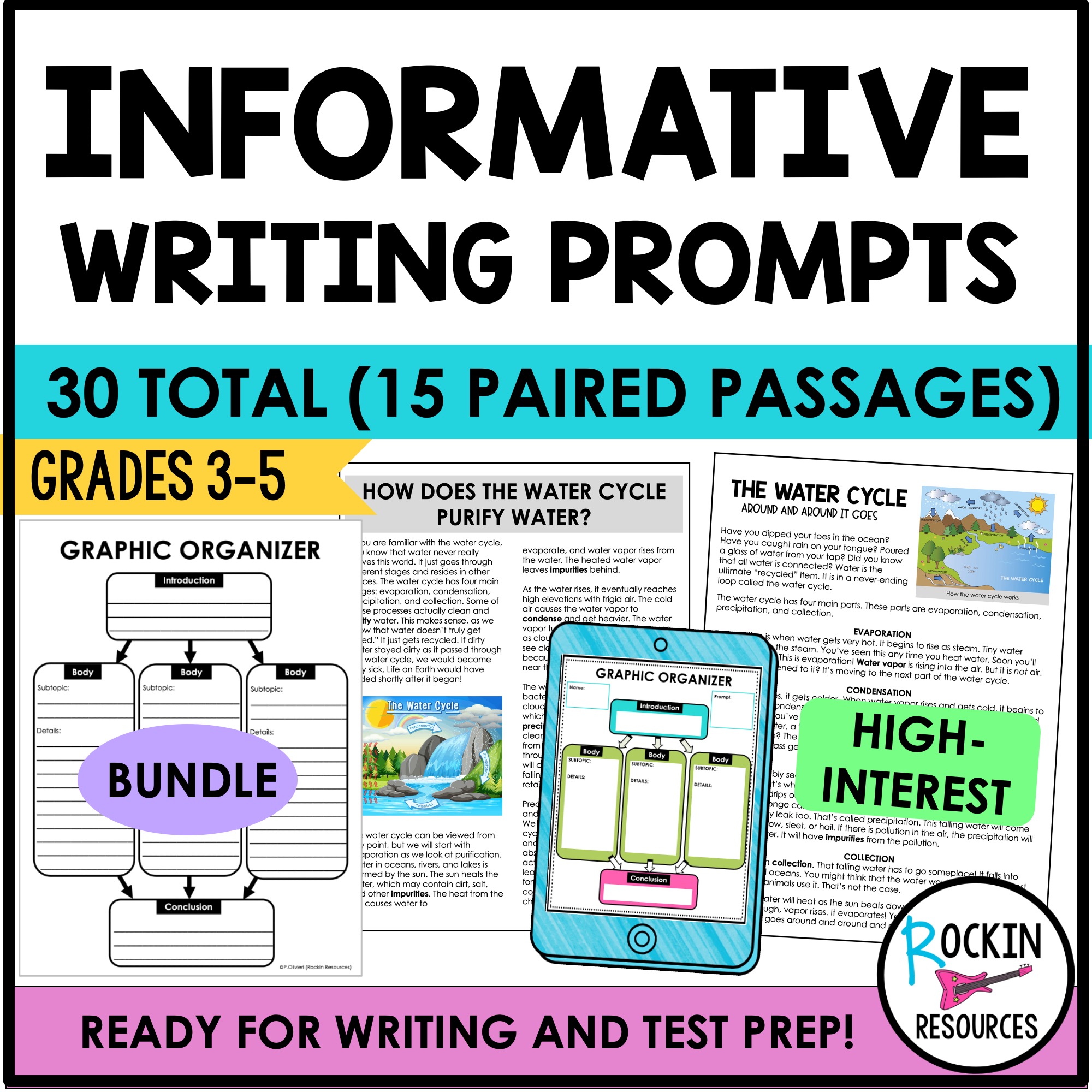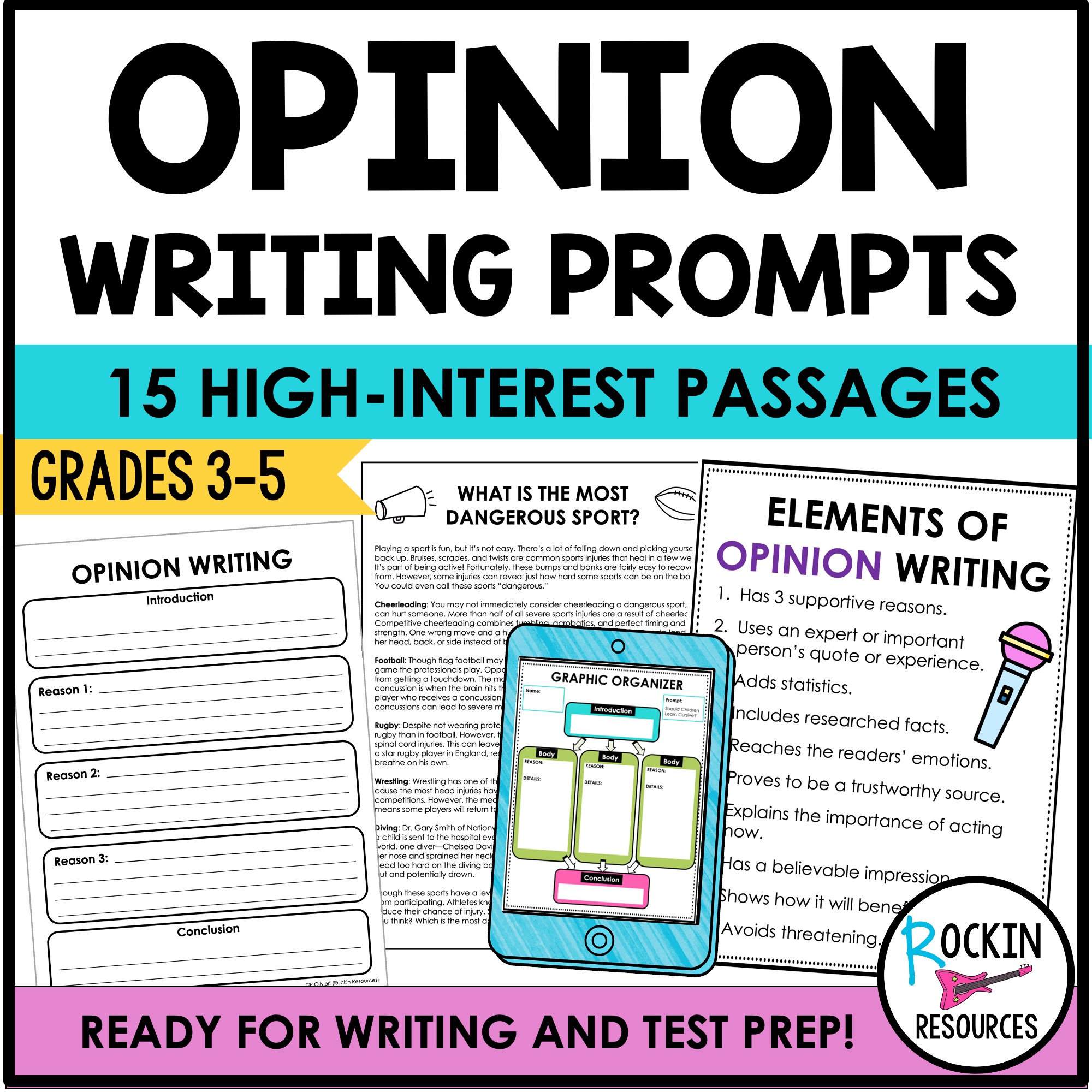Many states have adopted a TDA (Text Dependent Analysis) style assessment for the writing component of their state test. This type of writing style requires students to read a text or passage and use actual text to support their answers, citing specific evidence directly from the text. Text-dependent analysis writing instructs students to provide specific evidence from the passages they read, while demonstrating the ability to interpret the meaning behind the evidence they provide. How do you teach this kind of complex process to students?
TDA Questions List:
It’s important for you, as the teacher, to first generate a personal list of text-dependent questions/prompts prior to taking this process into the classroom. You know your class and your standards. What types of questions are most effective for your expectations and outcomes? Write down as many text-dependent analysis, or TDA question/prompts as you can think of on a scratch piece of paper. Then compare and/or combine your list of questions/prompts to this comprehensive list available for FREE in my VIP FREEBIE ALBUM.
Acronym:
Begin by working as a whole group to come up with an acronym that encompasses the classroom TDA writing process. Developing an acronym together will not only help students take ownership, but also give them a guide to remember HOW TO answer the questions. Would you rather have an acronym prepared for your class? No problem. Work with ACE- This is an acronym I use in my Text Evidence resource. A-Answer the Question C-Cite the Evidence E-Explain your answer. If time is a factor, you not have to reinvent the wheel! You can find other examples of acronyms from teachers like RACE, WHIP, and QUAN on Pinterest. These examples can be used with your class to use for HOW TO answer the questions or for brainstorming key ideas needed in your own acronym. Here are some ideas to guide your students.:
- Read the questions thoroughly to understand the important words. Underline the keywords.
- Answer the questions using prior knowledge and inferences/predictions. Show understanding of the question by restating it in your answer.
- Find evidence in the text to support your thoughts and opinions. Note evidence to show proof of your answer. Find facts, quotes, and data.
- Explain in great detail by paraphrasing and directly quoting areas of the text. Extend your question. How does your evidence support your answer? What is your connection between your answer and the evidence? Be simple and to the point. You don’t want to create an acronym with more than 4 letters, especially with elementary level students, but you want to have a comprehensive classroom guide for the process.
Student TDA Questions List:
Do the same activity from above with your students. Ask them to write down as many TDA questions/prompts as they can think of in 5-10 minutes. Allow them to work in pairs or groups, then work as a class to create a student-generated class list of questions/prompts. Combine their list with your list. Try to break the questions into sections (fictions, non-fiction, author’s purpose, etc) to make it easier in the future to find the appropriate questions/prompts based on the type of reading. This activity will help students remember the questions they can ask themselves while reading a passage, which in turn will provide them with a deeper meaning of the text.
Brainstorm Sentence Starters:
Braintorm together sentence starters for providing text evidence in their writing. For example:_____ quoted, “…”On page ____, it states…In paragraph ____, the text says…
The author wrote, “…”
The graphic/illustrations/map/chart indicate…
According to the text…
_____provides proof that…
From what I read in the text, I understand…
Based on _____ in the text, I think…
I think the author mean _____ because he/she says _____.
_____is an example of _____.
Post Acronym:
Be sure to post the class-generated acronym, prompts/questions, and useful resources in a plae where each student can see them clearly. Create simple lists of questions/prompts and post them on your classroom walls. Review them daily and before a TDA essay. Repetition is an effective method for long-term memory!
Take notes:
Depending on what is best for your class, either have your students take notes on the resources or provide them with a small acronym anchor chart, a list of questions, and sentence starters for their reading notebook. This TDA resource will be valuable for independent work and homework.
Model:
The first TDA should be done together as a class. Read a text and write the essay together a whole group. Students will be able to see a strong example of building an effective TDA essay writing piece.
Practice:
Give students a text and allow them to use the TDA wall or student resources to guide them through the process. You may want to begin with partner work and ease into independent work.
Fairy tales are quick reads, but they have tons of elements that make them great for TDAs. Student experience with the structure and topics included in fairy tales will give them the confidence they need to branch out and take risks in their responses. Some ideas for daily TDAs with popular fairy tales might include the following:
One theme of “Cinderella” is to hold onto your dreams. Write an essay explaining how key details in the story support this theme. Use evidence from the story to support your answer.
How does the original wish of the King and Queen in “Sleeping Beauty” drive the plot of the story? Use specific evidence from the text to support your answer.
Try this TDA question stem for any fairy tale or multicultural version of a fairy tale students have not previously read: Can you tell if __________ describes a particular culture? How do you know? Would the story be different if set in a different culture/setting? Use evidence from the text to support your answer.
Assessment:
Provide students with a TDA assessment. Have them work independently without guidance.
Tracking:
Track your students’ progress. This will be helpful when forming small groups and reteaching. I hope you learned some strategies to bring into your classroom!
These ideas as well as passages, questions, writing templates, rubric, and tracking chart are all included in the Text Dependent Analysis resource. Click below to learn more. There are TDA practice passages for Grades 3, 4, and 5.
SEE SIMILAR BLOGS:
DISCOVER RELATED RESOURCES:
-
Informative Writing Prompt Passages Bundle
Original price was: $8.00.$7.00Current price is: $7.00.













